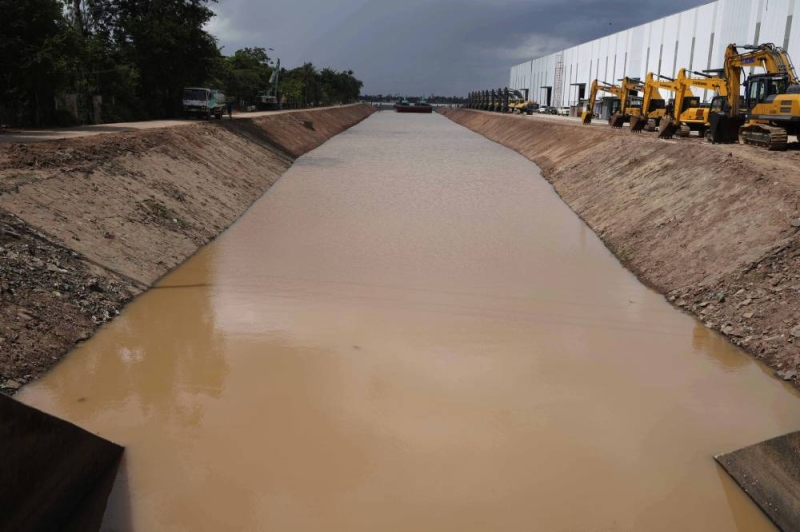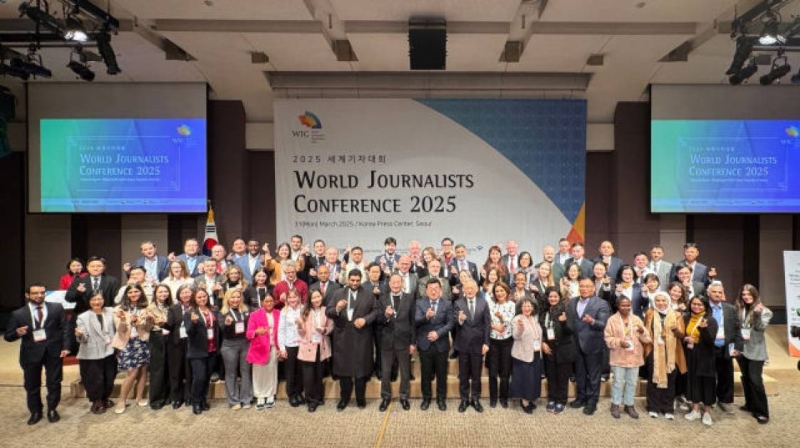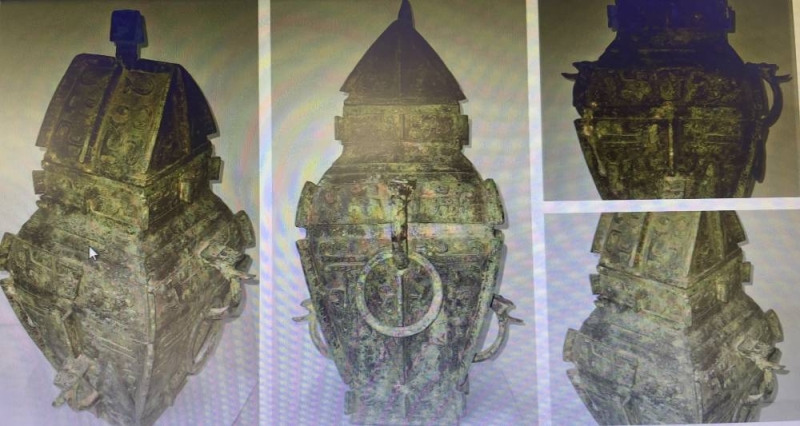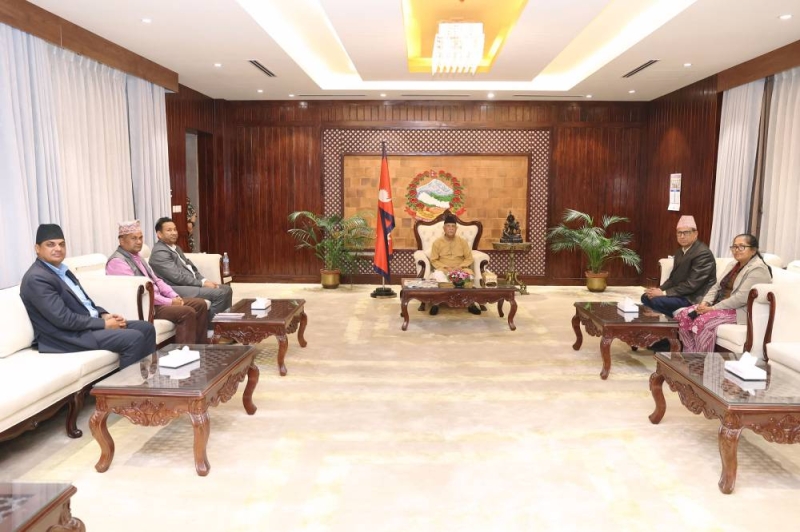Experts discuss vagaries of weather
Experts discuss vagaries of weather
Published: 12:00 am Mar 23, 2005
Himalayan News Service
Kathmandu, March 23:
Leading lights in the field of hydrology and meteorology today enumerated complex elements associated with the understanding of the monsoon in general and weather orecasting in particular.
This coincided with the World Meteorological Day, which saw renewed call, zeal, scholarship and commitment to fight out the hydra of threat thrown up by climatic conditions.
Inter alia, factors which render the task as a complex undertaking comprise what is identified as the “unique location at the foothills of the Himalayas” which subjects the zone to many hydrological and meteorological vagaries.
Moreover, as Saraju Baidya, a senior technocrat at the Department of Hydrology and Meteorology (DHM), argued, the very location of Nepal being at the northern limit of what is identified as the influence zone of the monsoon fortifies the status quo.
He also shed light on the patterns thrown up by All Nepal Monsoon Rainfall (ANMR) which, among others, reflects what is defined as “inter-annual variation” with excess and deficit precipitation. The excess/deficit years correspond with similar pattern in northern India.
However, Baidya ruled out overall correlation of ANMR with All India Monsoon Rainfall which has been quantified at 0.2 per cent.
Interestingly, weather pattern also depends on warm/cold events in Central and Eastern Pacific Ocean. Warm or cold events correspond to excess/deficit rain here, thus pointing out at correlation between Nepal and El Nino (La Nina) condition. This often culminates in protracted spell of overcast sky, with the resultant less of sunshine. This is known to take heavy toll on winter crops. Yet another element which affects monsoon rainfall variability and thus plays a role in establishing linkages with large scale weather features is composite of rainfall anomaly.
This, Baidya further said, is indicative of the fact that both the monsoon flow and trough (area which has low barometric pressure) are weak during deficit years.





